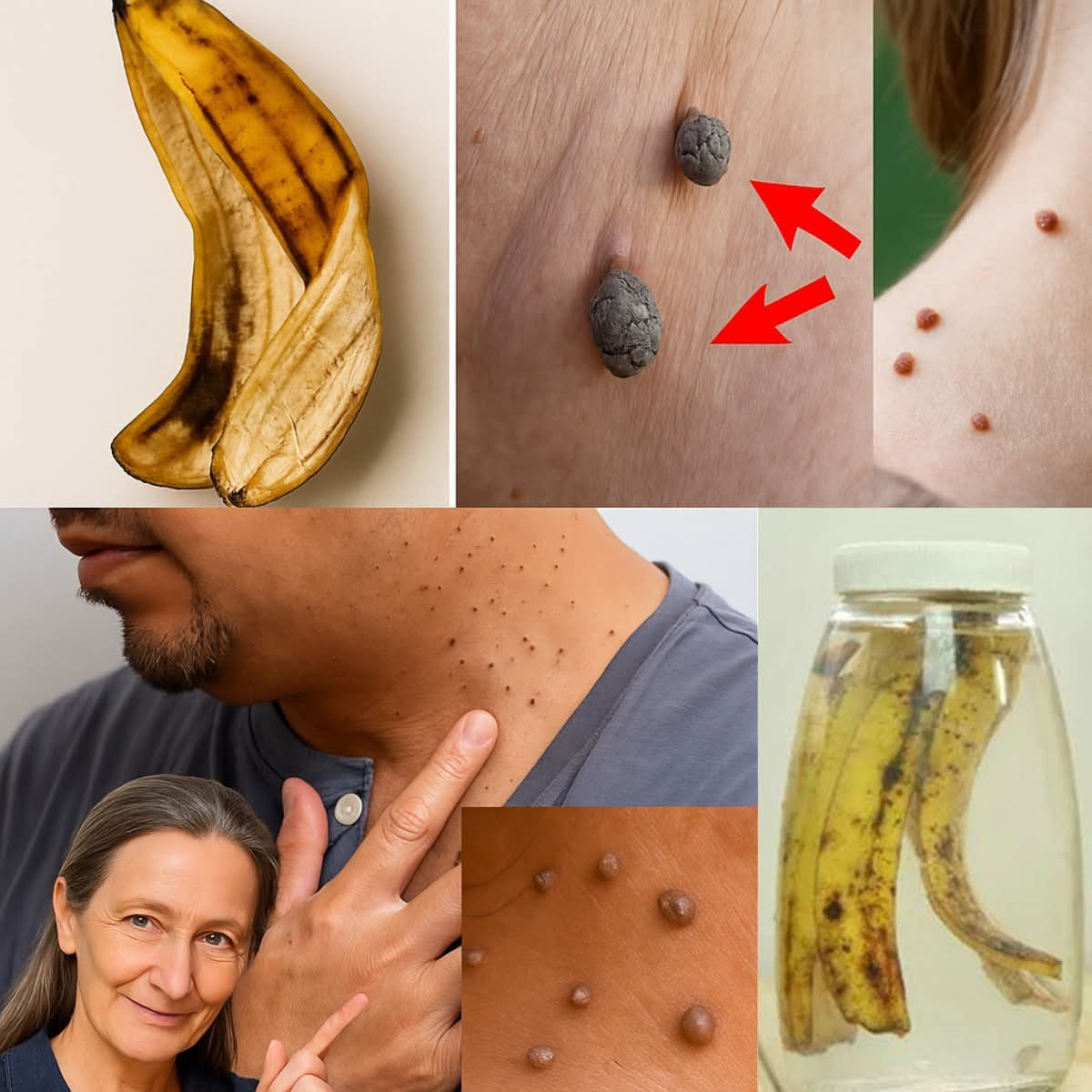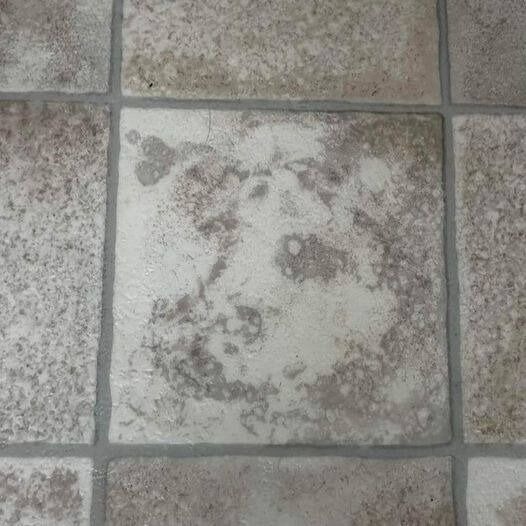Banishing Facial Skin Tags: A Natural Approach
Facial skin tags, while harmless, can be a cosmetic concern. This guide explores gentle, at-home methods for addressing these small growths, focusing on natural remedies and prioritizing safety. Remember, while these methods are generally considered safe, consulting a dermatologist is crucial if you’re unsure or experience any adverse reactions.
Understanding the Mystery of Skin Tags
What are Skin Tags?
Skin tags are benign, soft growths often appearing on the face, neck, and underarms. These small, fleshy projections are surprisingly common, particularly among adults over forty. Their appearance is often linked to factors like friction, hormonal changes, and genetics, as highlighted by the Mayo Clinic. While posing no health threat, many choose to remove them for aesthetic reasons.
Exploring Natural Remedies for Skin Tag Removal
Why Choose a Natural Route?
Natural remedies offer a cost-effective and readily accessible alternative to medical procedures. Many of these approaches, such as using banana peel or apple cider vinegar, utilize readily available ingredients, making them a convenient option for many. However, it’s vital to understand that scientific evidence supporting their efficacy is limited, as noted by the Cleveland Clinic. Patience and consistent application are essential if you choose this path.
Proven Natural Remedies: A Step-by-Step Guide
1. The Banana Peel Method: A Gentle Approach
Banana peels, rich in enzymes and antioxidants, have garnered attention as a potential skin tag remedy. While large-scale studies are lacking, anecdotal evidence and some smaller research suggest these compounds might aid in drying out skin tags gradually. The method is simple, non-invasive and gentle on the skin.
How to Apply:
- Cut a small square (approximately 1 inch) from a fresh banana peel.
- Apply the inner, white side of the peel directly to the skin tag.
- Secure the peel in place using a bandage.
- Leave it overnight and rinse thoroughly in the morning.
- Repeat this process daily for one to two weeks, observing for any changes.
- Crucially, discontinue use if any irritation develops and consult a doctor immediately.
2. Apple Cider Vinegar: A Drying Agent with Caution

Apple cider vinegar (ACV), with its acidic properties, is another popular home remedy. While its drying capabilities are often touted, it’s crucial to heed the warnings from Harvard Health. ACV can irritate the skin if used undiluted; therefore, dilution is essential for safe application.
How to Use ACV:
(Note: Specific dilution ratios and application methods are not included in the original text. It is crucial to consult a healthcare professional or further research reliable sources before attempting this method.) Always dilute ACV before application and perform a patch test on a small area of skin to check for sensitivity before applying to the skin tag. Follow any application instructions with extreme care, monitoring for any signs of irritation or adverse reactions.
3. Tea Tree Oil (Note: This method was not detailed in the original text, but is often mentioned in discussions on natural skin tag removal. Inclusion is purely for the purpose of expanding the blog post)
Tea Tree Oil possesses potent antimicrobial and drying properties that may assist in shrinking skin tags. However, it’s essential to dilute it significantly with a carrier oil such as coconut or jojoba oil before applying it directly to the skin to prevent irritation.
How to Use Tea Tree Oil:
(Note: The exact dilution ratio and application method requires further research and should only be performed under the guidance of a healthcare professional or reliable resource. ) Apply a diluted solution directly to the skin tag with a cotton swab, avoiding surrounding skin. A patch test is always recommended before full application.
Important Considerations
While natural remedies may offer a gentler alternative, they require patience and may not be effective for all individuals. Remember, if you’re unsure about any method or if irritation occurs, consult a dermatologist or healthcare professional for personalized advice. They can properly diagnose the growth and recommend the safest and most effective removal method for your specific situation.




